
You might be asking yourself: “Why?” Which is probably something we should have done too.
What a cold snowy winter it has been, but as any Japanese person is quick to tell you, there are four seasons here. What they often leave out, however, is that all of them kind of suck. While the drizzling gloomy winter gives way to the warmth and sunshine of spring, so too does it usher in an army of pollen to assail the senses of hay fever sufferers.
With burning, itchy eyes and a nose running a babbling brook of misery, these allergy sufferers desperately search for any way to ease their suffering until the blistering heat of summer comes to their rescue.
Of course this is only a problem for about 40-percent of the population, of which our young reporter P.K. Sanjun is a part. For him March came in like a lion of microscopic spiky spheres causing him to make some bold fashion choices.
Meanwhile his two older colleagues Mr. Sato and Go Hattori had no such affliction and were free to enjoy the warmth and beauty of spring. He hated them for that….
And as often is the case, hatred had bred the inspiration for science! P.K. postulated that the world wasn’t merely composed of people with or without hay fever. Everyone had the potential to have an allergic reaction to pollen, and it was just a matter of finding their breaking point.
To determine if this was true, P.K. ordered two jars of pollen from the internet, one filled with the power of the Japanese sugi pine and the other with hinoki cypress. These are the two most common hay fever triggering plants in the country. Sure, he could have just asked a medical expert in the field, but how would Mr. Sato and Go suffer that way?
Since they were intended for research purposes, each jar was quite pricey with the sugi costing 10,000 yen (US$88) and the hinoki coming in at 30,000 yen ($263). Still, you can’t put a price on science… or torture for that matter.
▼ (Left) Sugi pollen: 10,000 yen, (right) Hinoki pollen: 30,000 yen
P.K. asked Mr. Sato and Go to participate in his “study” by applying a layer of pollen to each of their faces and waiting to see if they exhibited any sort of allergic reaction. He dumped a portion of each into a frying pan and began dabbing it onto his co-workers’ eyes and noses with a make-up sponge.
While maintaining his best “scientist” face, P.K. inwardly giggled and cheered on his pile of irritating grains.
However, Mr. Sato and Go both stood there unfazed. They said it just felt like he was smearing flour on their face, and didn’t feel anything remotely uncomfortable. P.K. stared at them blankly and said, “I see, interesting.” Inside, however, he was fuming that these two supermen had such a resistance to pollen.
“We’ll need some further testing…” he uttered and began to apply even more pollen to each of their faces.
In the end each man looked like an actor from the silent era with about a millimeter-thick layer of pollen on their eyes and noses. Still, they didn’t feel the slightest bit itchy or ill in anyway.
“What the hell,” thought P.K. “I spent 40,000 yen on this stuff and it doesn’t even work?!” Beginning to think he got a bum batch of pollen, P.K. began slathering it on his own face.
As his eyes swelled and turned a dark crimson, and a clear viscous liquid began to seep out his nose, he realized that he did not get ripped off after all.
And so P.K. learned a valuable lesson from this: mother nature is a cruel hag that has cursed him with this aversion to pollen while others are free to breathe the fresh air of spring. He also learned that science hurts and is best left to professionals rather than used as a weapon against his peers.
Looks like it’s back to the office USB Pollen Blocker for him.
Photos: ©RocketNews24
[ Read in Japanese ]

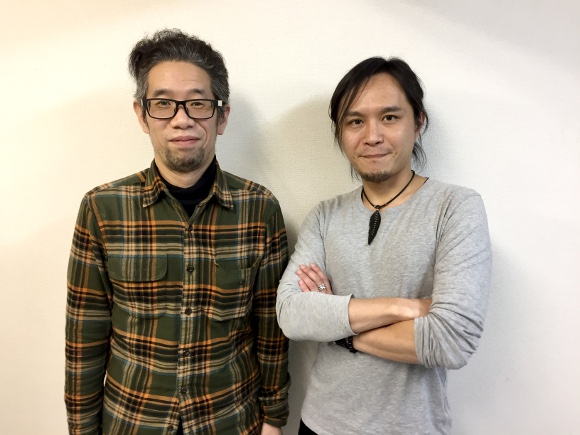
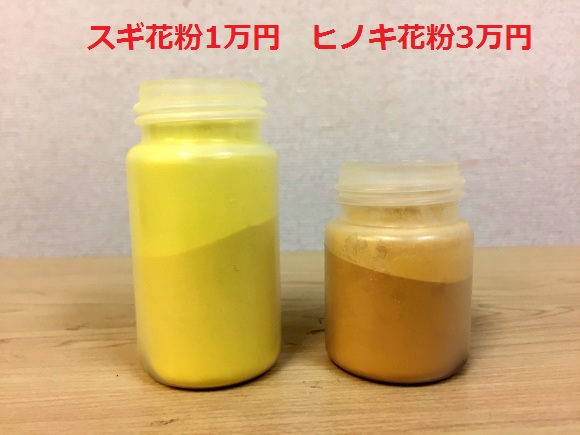
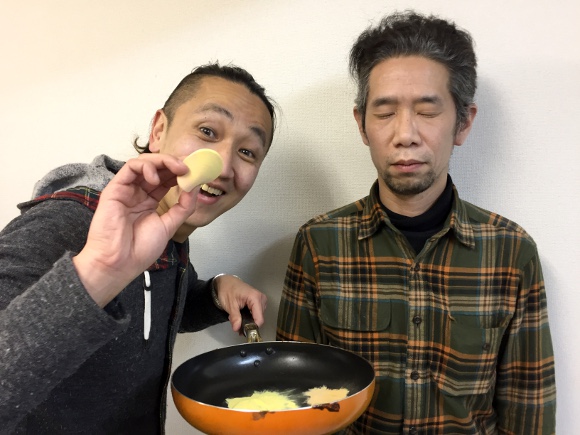
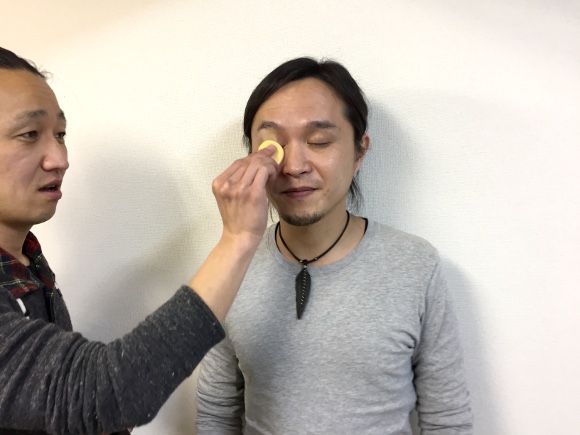
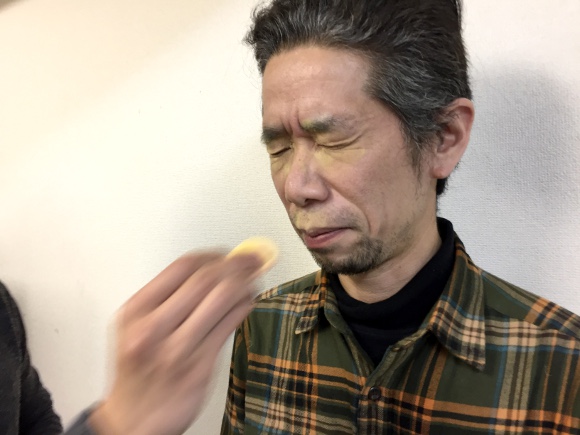
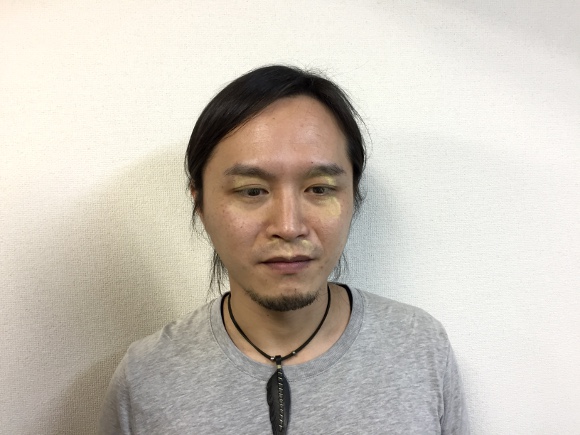
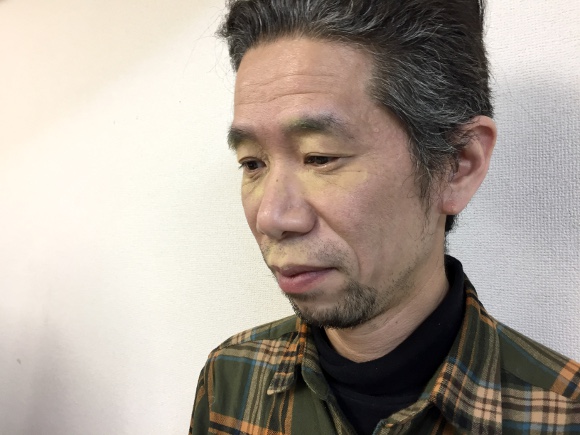
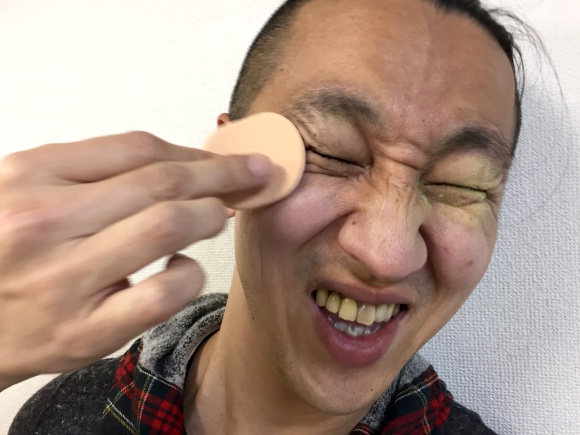
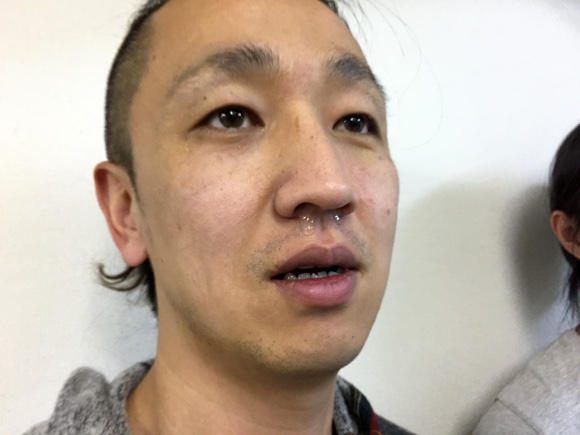
 Japanese gachapon machines now dispensing weirdest products ever
Japanese gachapon machines now dispensing weirdest products ever High pollen levels in Eastern Japan create pretty rainbow suns
High pollen levels in Eastern Japan create pretty rainbow suns Genetically altered rice could solve Japan’s pollen allergy problem
Genetically altered rice could solve Japan’s pollen allergy problem Mr. Sato takes a stroll in his USB Pollen Blocker: “Felt great but it was a struggle to order coffee”
Mr. Sato takes a stroll in his USB Pollen Blocker: “Felt great but it was a struggle to order coffee” How tired of allergies are you? Thanko hopes enough to wear this giant USB-powered mask
How tired of allergies are you? Thanko hopes enough to wear this giant USB-powered mask Red light district sushi restaurant in Tokyo shows us just how wrong we were about it
Red light district sushi restaurant in Tokyo shows us just how wrong we were about it Sandwiches fit for a sumo served up in Osaka【Taste Test】
Sandwiches fit for a sumo served up in Osaka【Taste Test】 Beautiful Red and Blue Star luxury trains set to be Japan’s new Hokkaido travel stars
Beautiful Red and Blue Star luxury trains set to be Japan’s new Hokkaido travel stars Anime girl English teacher Ellen-sensei becomes VTuber/VVTUber and NFT
Anime girl English teacher Ellen-sensei becomes VTuber/VVTUber and NFT Historical figures get manga makeovers from artists of Spy x Family, My Hero Academia and more
Historical figures get manga makeovers from artists of Spy x Family, My Hero Academia and more Starbucks Japan adds a Motto Frappuccino to the menu for a limited time
Starbucks Japan adds a Motto Frappuccino to the menu for a limited time McDonald’s new Happy Meals offer up cute and practical Sanrio lifestyle goods
McDonald’s new Happy Meals offer up cute and practical Sanrio lifestyle goods Akihabara pop-up shop sells goods made by Japanese prison inmates
Akihabara pop-up shop sells goods made by Japanese prison inmates Japanese ramen restaurants under pressure from new yen banknotes
Japanese ramen restaurants under pressure from new yen banknotes Tokyo Tsukiji fish market site to be redeveloped with 50,000-seat stadium, hotel, shopping center
Tokyo Tsukiji fish market site to be redeveloped with 50,000-seat stadium, hotel, shopping center All-you-can-drink Starbucks and amazing views part of Tokyo’s new 170 meter-high sky lounge
All-you-can-drink Starbucks and amazing views part of Tokyo’s new 170 meter-high sky lounge More foreign tourists than ever before in history visited Japan last month
More foreign tourists than ever before in history visited Japan last month French Fries Bread in Tokyo’s Shibuya becomes a hit on social media
French Fries Bread in Tokyo’s Shibuya becomes a hit on social media Studio Ghibli releases new action figures featuring Nausicaä of the Valley of the Wind characters
Studio Ghibli releases new action figures featuring Nausicaä of the Valley of the Wind characters New private rooms on Tokaido Shinkansen change the way we travel from Tokyo to Kyoto
New private rooms on Tokaido Shinkansen change the way we travel from Tokyo to Kyoto Starbucks reopens at Shibuya Scramble Crossing with new look and design concept
Starbucks reopens at Shibuya Scramble Crossing with new look and design concept Studio Ghibli glasses cases let anime characters keep an eye on your spectacles
Studio Ghibli glasses cases let anime characters keep an eye on your spectacles Beautiful Ghibli sealing wax kits let you create accessories and elegant letter decorations【Pics】
Beautiful Ghibli sealing wax kits let you create accessories and elegant letter decorations【Pics】 Studio Ghibli releases Kiki’s Delivery Service chocolate cake pouches in Japan
Studio Ghibli releases Kiki’s Delivery Service chocolate cake pouches in Japan New definition of “Japanese whiskey” goes into effect to prevent fakes from fooling overseas buyers
New definition of “Japanese whiskey” goes into effect to prevent fakes from fooling overseas buyers Our Japanese reporter visits Costco in the U.S., finds super American and very Japanese things
Our Japanese reporter visits Costco in the U.S., finds super American and very Japanese things Studio Ghibli unveils Mother’s Day gift set that captures the love in My Neighbour Totoro
Studio Ghibli unveils Mother’s Day gift set that captures the love in My Neighbour Totoro New Japanese KitKat flavour stars Sanrio characters, including Hello Kitty
New Japanese KitKat flavour stars Sanrio characters, including Hello Kitty New Pokémon cakes let you eat your way through Pikachu and all the Eevee evolutions
New Pokémon cakes let you eat your way through Pikachu and all the Eevee evolutions Disney princesses get official manga makeovers for Manga Princess Cafe opening in Tokyo
Disney princesses get official manga makeovers for Manga Princess Cafe opening in Tokyo Sales of Japan’s most convenient train ticket/shopping payment cards suspended indefinitely
Sales of Japan’s most convenient train ticket/shopping payment cards suspended indefinitely Sold-out Studio Ghibli desktop humidifiers are back so Totoro can help you through the dry season
Sold-out Studio Ghibli desktop humidifiers are back so Totoro can help you through the dry season Japanese government to make first change to romanization spelling rules since the 1950s
Japanese government to make first change to romanization spelling rules since the 1950s Ghibli founders Toshio Suzuki and Hayao Miyazaki contribute to Japanese whisky Totoro label design
Ghibli founders Toshio Suzuki and Hayao Miyazaki contribute to Japanese whisky Totoro label design Doraemon found buried at sea as scene from 1993 anime becomes real life【Photos】
Doraemon found buried at sea as scene from 1993 anime becomes real life【Photos】 Tokyo’s most famous Starbucks is closed
Tokyo’s most famous Starbucks is closed One Piece characters’ nationalities revealed, but fans have mixed opinions
One Piece characters’ nationalities revealed, but fans have mixed opinions We asked a Uniqlo employee what four things we should buy and their suggestions didn’t disappoint
We asked a Uniqlo employee what four things we should buy and their suggestions didn’t disappoint Princesses, fruits, and blacksmiths: Study reveals the 30 most unusual family names in Japan
Princesses, fruits, and blacksmiths: Study reveals the 30 most unusual family names in Japan Osaka doctor wins Ig Nobel Prize for discovering kisses can reduce allergic reactions
Osaka doctor wins Ig Nobel Prize for discovering kisses can reduce allergic reactions Special warm face masks for winter go on sale in Japan, and we test them out
Special warm face masks for winter go on sale in Japan, and we test them out Can slapping on some nose filters prevent the anguish of hay fever?
Can slapping on some nose filters prevent the anguish of hay fever? Mask rules in Japan have changed…so are people still wearing them?
Mask rules in Japan have changed…so are people still wearing them? Hay fever got you down? Doctors recommend wiggling around on the floor like a dying cockroach
Hay fever got you down? Doctors recommend wiggling around on the floor like a dying cockroach Domino’s Pizza Japan offers discount to customers in masks for limited time
Domino’s Pizza Japan offers discount to customers in masks for limited time There’ll be hell toupee after devil winds cause hair-raising mayhem across Japan
There’ll be hell toupee after devil winds cause hair-raising mayhem across Japan Wearing a white mask will make you less attractive, according to Japanese researchers’ experiment
Wearing a white mask will make you less attractive, according to Japanese researchers’ experiment The Mr. Sato Car takes part in the trendy “Itasha de Starbucks” movement
The Mr. Sato Car takes part in the trendy “Itasha de Starbucks” movement Japan’s version of a ouija board: We try to summon Mr. Kokkuri
Japan’s version of a ouija board: We try to summon Mr. Kokkuri We attach chemical butt-warmers to our crotches but really should know better
We attach chemical butt-warmers to our crotches but really should know better Beep beep! Mr. Sato Car coming through! 【Pics】
Beep beep! Mr. Sato Car coming through! 【Pics】 Man vs. Steak: We band together to eat 4.5 kilograms of beef at Ikinari Steak
Man vs. Steak: We band together to eat 4.5 kilograms of beef at Ikinari Steak Our reporters search for the spirit of Halloween in Shibuya and make some new friends
Our reporters search for the spirit of Halloween in Shibuya and make some new friends Samurai style for the rainy season! Wooden samurai bokuto sword umbrella goes on sale in Japan
Samurai style for the rainy season! Wooden samurai bokuto sword umbrella goes on sale in Japan Air-hanami: Could flower-viewing without the flowers be the next trend?
Air-hanami: Could flower-viewing without the flowers be the next trend?
Leave a Reply